The music industry may have begun to figure out how to sell digital downloads, but making money from them is another story.
As the 99 cent digital singles model begins to take root across the industry through services like Apple Computer’s iTunes Music Store, Liquid Audio, Rhapsody and a host of others set to bow for the PC this fall, industry executives and artist representatives are questioning whether the pricing model makes sense financially.
With all parties involved angling for nickels and dimes in the average download sale, labels, artists and service providers all agree on at least one thing: No one is getting rich from singles sales at this point.
“Even though sales look like they’re doing fairly well through the iTunes situation, you still have to be doing an enormous amount of downloads for that to become a real income stream,” says Whitney Broussard, an attorney with entertainment law firm Selverne, Mandelbaum & Mintz.
Still, digital distribution advocates say the long-term potential is there.
If the industry can figure out how to sell downloads numbering in the tens of millions, labels can theoretically scale back their physical manufacturing costs and enjoy a healthy alternative revenue stream to the CD.
Despite being limited to the percentage of Mac users running OSX, the iTunes service has sold more than 5 million downloads since its April 28 bow. It has average sales of about 500,000 tracks per week, according to sources.
Artist representatives say overall digital download sales must surpass 20 times that 500,000 weekly volume for the pay-per-download business to become economically meaningful once larger PC services kick in.
“Most of these services are not profitable,” the head of a leading digital music service acknowledges. “Right now, we’re just trying to get people used to paying.”
Labels are doing their part by dropping the per-track wholesale price charged to digital services and, in some cases, simplifying royalty payments to artists.
But it’s all a work in progress.
Despite encouraging signs from iTunes, high-ranking major-label sources say it is too early to speculate what share of the market downloads will eventually capture.
In an effort to help drive volume, some services are trying lower prices. Listen.com, for instance, has dropped the price of its burnable tracks to 79 cents.
“We think on an ongoing basis the price point would be better off being somewhere between 50 cents and $1, not necessarily a dollar,” listen.com chief executive Sean Ryan says.
But Listen’s offer is in the context of a subscription service. For a la carte download stores, there is little room for price elasticity.
Looking at the revenue split on a typical 99 cent download sale, it is clear that all parties have thin margins.
On average, the label is taking home 47 cents per track before accounting for production, marketing, promotion and other costs; the service provider is grossing 34 cents per track before technology, processing and distribution costs; and the artist takes 10 cents before paying out to producers and other collaborators. The publisher/songwriter share is 8 cents.
That’s assuming the label is selling tracks at a 65 cent wholesale rate and that the artist is receiving an album royalty rate with no deductions applied.
Those conditions can vary, depending on the label, the artist’s deal and the service provider.
Apple, for instance, pays a straight 65 cent wholesale rate for tracks, sources say.
With other services, the situation is not as cut-and-dried. The major labels are wholesaling tracks to them for as low as 52 cents and as high as 80 cents.
Some labels wholesale at a fixed rate; others have variable prices.
In the latter case, tracks from superstar acts and prerelease radio singles can wholesale at premium rates north of $1. The price then slides based on availability at retail of a physical single and length of time in the market.
There are also variables with the service provider in terms of distribution model.
For example, Yahoo and Best Buy, which serve as distribution affiliates, typically take 10-15 cents on the sale of each track.
Credit card transaction processing fees also help determine how much the service provider nets from download sales.
When consumers purchase a single track, or even a small number of tracks, the service provider loses money on the sale because the base processing fee for each purchase is at least 25 cents. The fee drops on a per-track basis as transactions get larger.
To address this, services encourage bulk purchases or mandate the purchase of prepaid bundles to spread out credit card transaction costs.
The labels’ profit is likewise dependent on wholesaling strategies, artist deals and other expenses, including publishing fees.
Under copyright law, the labels must pay the full mandated per-track mechanical rate to publishers and songwriters for digital singles.
Also, tracks longer than five minutes receive a larger publishing royalty.
Additional potential expenses include digital rights management technology fees, the digital equivalent of co-op advertising and bad debt.
“People look at downloads and say, OThe record company is making out, because they don’t have to manufacture a record.’ But in fact, the margin can be lower for a download than a record,” says a senior VP at one major-label group.
As far as artist payments are concerned, some labels pay out on the artist’s album royalty rate-typically a 15% royalty on the wholesale price. Others give artists a royalty rate for singles sales, which is 12% on average.
It also differs from label to label whether deductions are taken on technology (typically 20%), packaging (20%) and free goods (15%) before paying royalties on a permanent download. Such deductions are standard with sales of physical CDs.
Universal Music Group and Warner Music Group are considered to be at the forefront of progressive wholesale and compensation efforts.
Both label groups announced last year that they would not deduct such fees in digital singles sales.
Artists also have to split up their take with producers and other collaborators.
For example, if a hip-hop song features a star producer, samples and guest vocalists, the artist can be left with only a few cents.
“It can be a very small amount of money,” Broussard says. “Even with respect to the artist getting the state-of-the-art, artist-friendly provisions, we’re still talking about a few pennies.”
To date, download economics have not been an area of much concern for artists and their handlers because of the limited revenue opportunity.
But artist representatives warn that the jury is still out on the economic model for downloads, as far as artists are concerned.
Veteran manager Irving Azoff points out that many digital distribution deals are short-term licenses and that “there are going to have to be renegotiations later.”
He adds, “If this thing really connects, they’re going to have to go back to artists and pay more of the 50/50 model than the 80/20 model they’re trying to do right now.”

